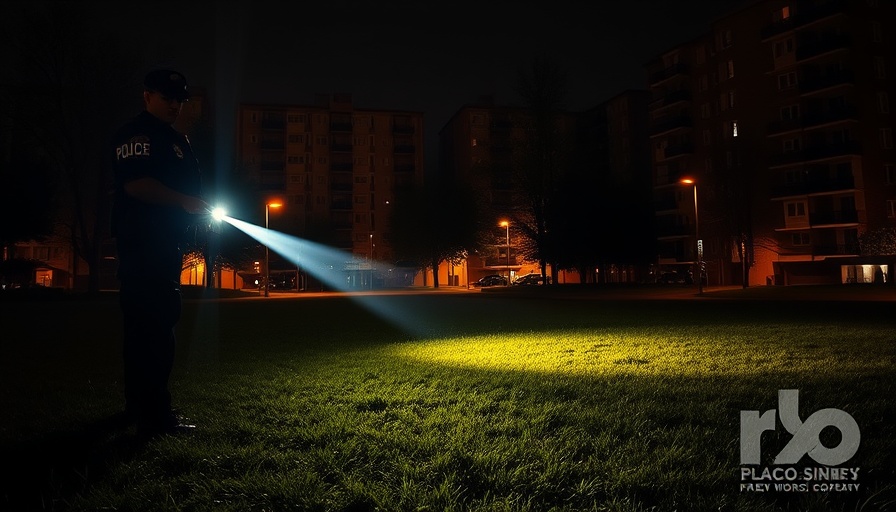
Understanding the Incident: A Closer Look
The recent officer-involved shooting in Orlando underscores the complex and often perilous nature of law enforcement interactions. The incident began with a physical fight in a densely populated area, raising questions about crowd safety and officer response protocols. With surveillance footage showing a man brandishing a handgun, the scene escalated swiftly from a simple altercation into a life-threatening encounter for both the suspect and officers involved.
The Role of Technology in Law Enforcement
This incident highlights the importance—and potential pitfalls—of technology in policing. The Orlando Police Department's use of body-worn cameras provided critical evidence, allowing for a clearer understanding of events as they unfolded. Such technological innovations not only enhance accountability but also serve as vital training tools. By reviewing video footage, departments can better prepare officers for similar high-stress encounters in the future.
Community Implications and Safety Concerns
Incidents of police use of force inevitably raise concerns regarding community relations. In the aftermath of such events, local residents often express anxiety about violence in public spaces. This particular case has led to renewed discussions on how law enforcement can effectively balance the need for public safety while maintaining trust within communities. Engaging community members in dialogues and making policy adjustments can prove essential for building stronger ties between police and the public.
The Importance of Effective Training
The Orlando shooting spotlights the need for comprehensive police training programs that not only focus on tactical responses but also emphasize de-escalation techniques. With the presence of bystanders, officers must navigate the delicate balance between immediate action and preserving public safety. Leadership in law enforcement must advocate for training that prepares officers to respond appropriately in dynamic situations without resorting to deadly force, whenever possible.
Legal and Ethical Considerations in Police Operations
As the investigation into this incident unfolds, legal and ethical questions will likely emerge. What protocols were in place, and did the officers follow them correctly? The use of force must always be justified, and ongoing scrutiny of police operations is crucial for maintaining public accountability. Law enforcement agencies are tasked with ensuring that their actions adhere not only to the letter of the law but also to the ethical standards expected by the communities they serve.
This tragic incident exemplifies the challenges police face daily and emphasizes the need for constant evaluation and reform within departments. By addressing these factors, leadership can foster an environment where reforms are rooted not just in reaction to events but in a proactive approach to community safety and trust-building.
For those engaged in law enforcement—and those impacted by it—the discussion should not end here. It is imperative to routinely evaluate policies and trainings to ensure that they align with the evolving landscape of public safety.
 Add Row
Add Row  Add
Add 

 Add Element
Add Element  Add Row
Add Row 




Write A Comment